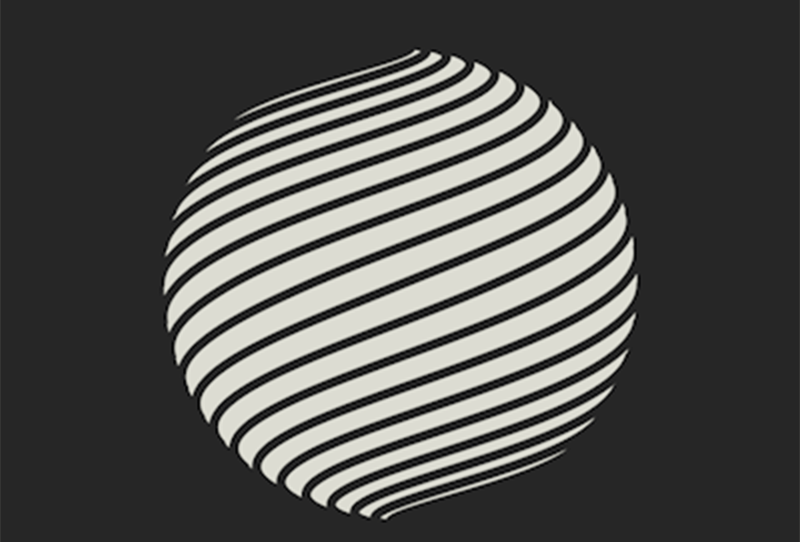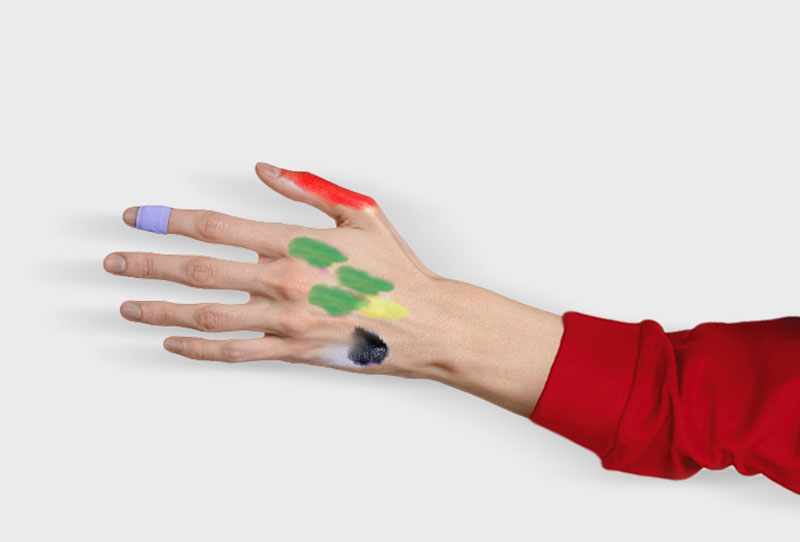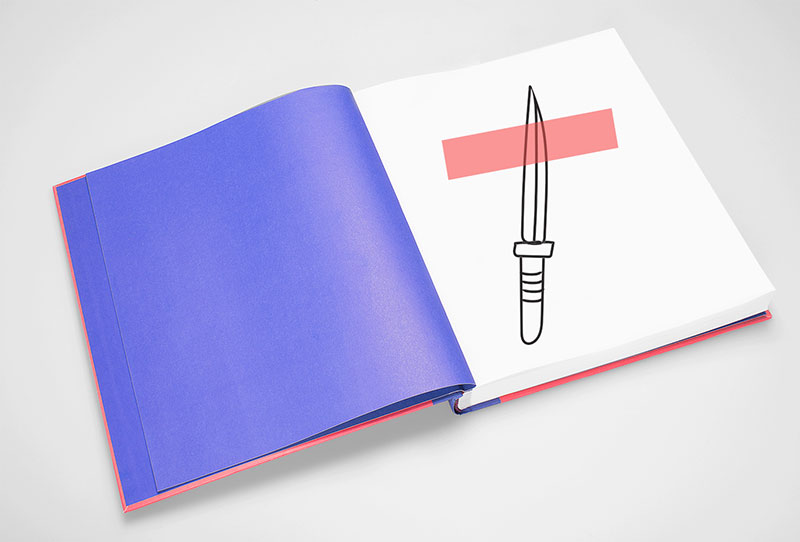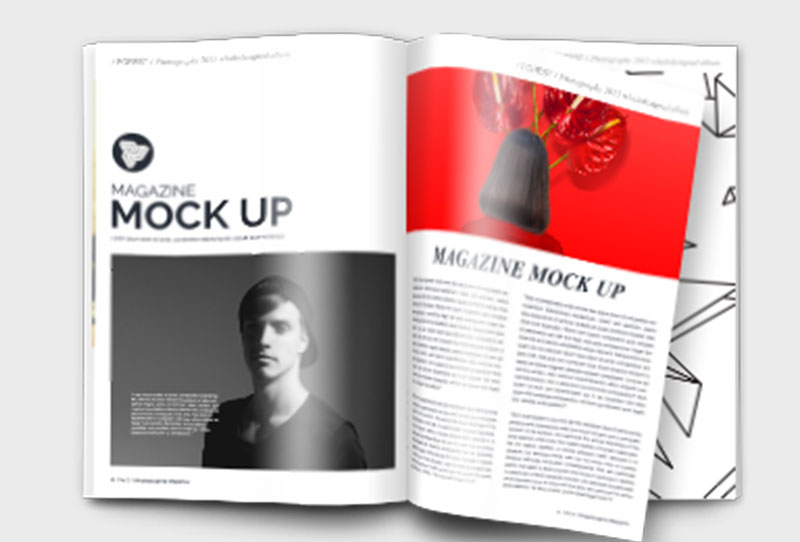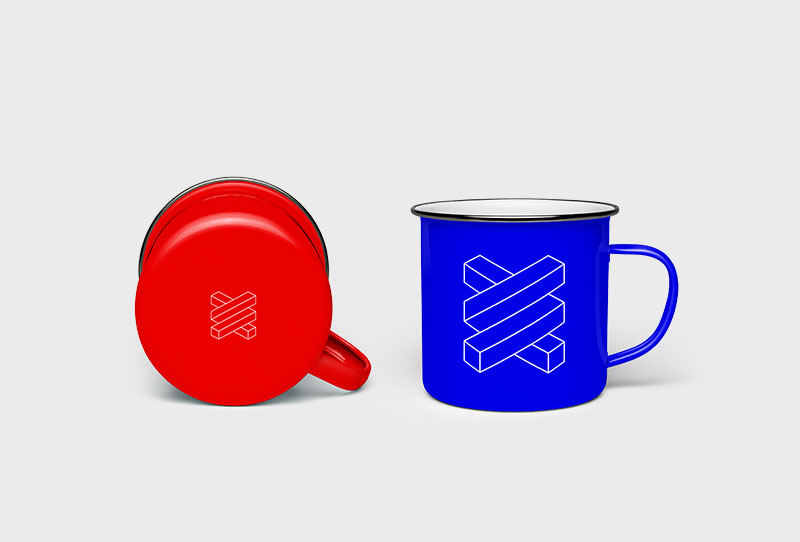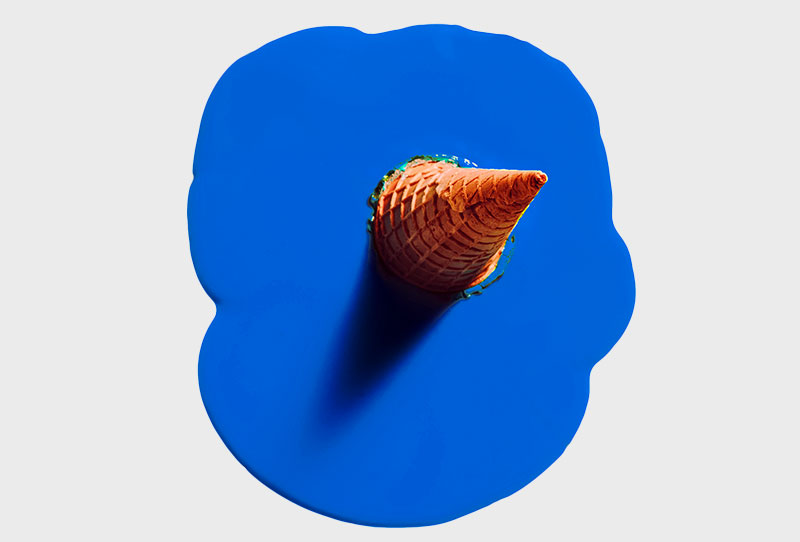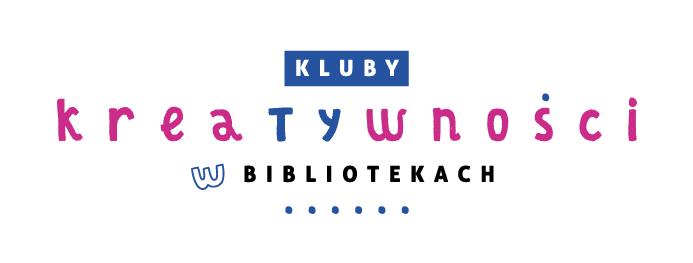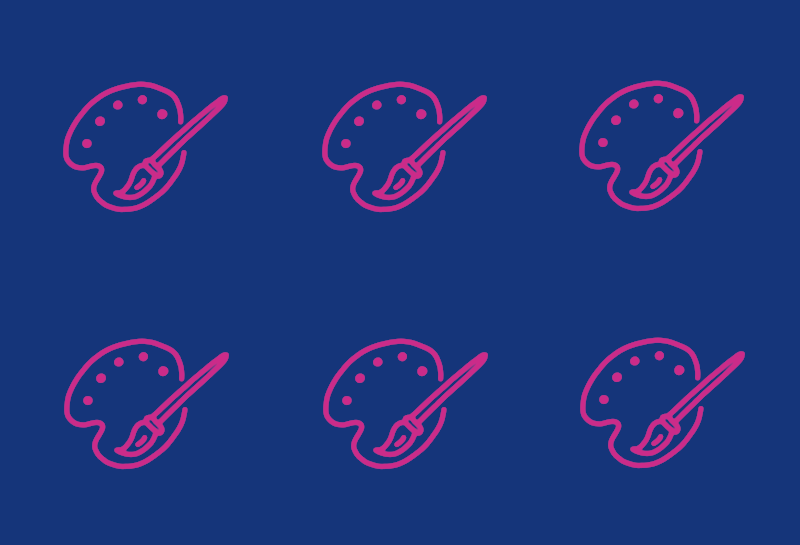Creativity – what it is and why we need it
What is creativity?
We can find common definitions of creativity in several sources like this one in the encyclopedia Britannica: “Creativity is the ability to make or otherwise bring into existence something new, whether
- a new solution to a problem,
- a new method or device, or
- a new artistic object or form”.
Therefore, we see that creativity is an important attribute in both our personal and professional lives. For example, in our personal lives, we need creativity to think of how to organise a birthday party in a different way to how we did it in previous years but with more activities and joy, or just to find solution for fixing a broken chair. In professional life, we have to find new ways of attracting more users to the library or just arranging shelves to make finding books easier or providing a more cozy book selection.
Why do we need creativity?
Education philosophers identify creativity as one of the key 21st century survival (or basic) skills. Information and computer technologies will replace repetitive work – so we as human beings must be trained for new kind of work which requires us to find new solutions to old problems or situations.
In libraries in particular, creativity is an essential feature for both the library staff and the organisation. Nowadays, libraries are functioning in a state of constant transition, trying to adapt to changing environments and serve new users’ needs, often having quite limited resources at their disposal. For example, creative librarians find it easier to generate various ideas on how to reach out successfully to new library users, to find novel ways of serving people or promoting library services. A creative library is more open to their staff and users’ ideas, more participatory and more inclined to experimentation, which may also be extremely beneficial in times of transition.
It is worth noting that creativity is possible and useful in libraries of various sizes and resources, although they may face different risks and barriers. For a big library with a complex organisational structure, it may be more difficult to allow their staff to generate and implement novel ideas. On the other hand, larger staff and more resources mean that there are opportunities for more creative ideas and better chances to implement them. In a small library, fewer resources may be an asset, because such libraries simply have to be creative in order to evolve and survive. Smaller organisations may also implement new solutions faster and more effectively.
Creative person
To be a creative person means to be able to think or to do something “out-of-the-box” or in a non-traditional way. In more specific terms, a person who is creative has the capacity to think creatively.
For a long time, it was believed that creativity was a special skill is necessary only for some professions, such as: writers, artists, architects, designers, scientists, or entrepreneurs. Nowadays it is recognized that every individual can be creative and the ability to be creative can be developed and learned, and can apply to many sectors.
What makes people creative?
Characteristics of a creative person
Psychologists have found that people who are more inclined to be creative are those who feel good in unclear situations with incomplete information rather than those who prefer harmony and struggle with discomfort and anxiety.
An individual who is creative is characterised by following traits: curiosity; broad interests; openness to new knowledge and experience, engagement in finding solution for a problem, possibility to look at the problem from a distance, independent and original in thinking, ability to go out from restrictions and frames, visualisation of imagination, intense inner drive to create etc.
Summing up some findings about being a creative person leads to the following characteristics:
- To have expertise in some domain (like art, or cooking, or writing). It helps to deliberately notice new things and solutions;
- To be trained for and use creative thinking (ability to look at things in a way that other people aren’t);
- To be prepared to work hard. It generally takes time and effort to find new solutions and to change something we are accustomed to;
- To be in certain psychological state (for example, to have inner motivation, enjoyment, satisfaction, and challenge of the work itself).
But to be creative often means to be able to get inspiration from others, and use existing ideas in a novel way. Expertise in a certain field as well as knowledge of a broader context allow creative people to look at a problem from different perspectives, to find a solution that may have been known somewhere else, but to adapt it to new circumstances. Sometimes simple solutions are best and most effective. There is no need to re-invent the wheel. It is worth listening to other people (especially those from different backgrounds – see educational materials for multiculturalism for more) and keeping one’s eyes open to absorb new thoughts and ideas with no bias. For example, a customer service or an organisational solution that has traditionally been used in business areas can also be creative in the library environment.
It is also good to know that, for an individual, there are some important benefits of being in tune with your creativity: the creative process can be healing and may help to survive emotional pains as well as better understand oneself. The creative process can release something deep and disturbing from our subconscious, and can help to see things from a different perspective.
To develop creativity means to develop creative thinking.
What is creative thinking?
The most common answer to this question is: creative thinking is a way of thinking about problems or situations from a fresh / new perspective that suggests unconventional solutions.
Creative thinking helps to generate ideas. Like other kinds of thinking it starts with asking questions, but the main difference is that after that it tries to engage the imagination for different ways to find answers on questions. It “brainstorms” for solutions, it elaborates and improvises, it depends on inspiration, it speculates and uses intuition, and is not judgmental.
Our creative thinking is most active when we’re engaged in “self-generated cognition”: daydreaming, ruminating, or otherwise letting our minds wander.
How to encourage creative thinking?
Creative thinking can be encouraged using different techniques and by providing specific environments and resources.
There are many techniques for encouraging creative thinking: brainstorming, mind mapping, reframing, envisaging the future, role-play (more detailed description can be found in the workshops about creativity and design thinking). All these techniques stimulate idea generation with different approaches: by encouraging fluency, flexibility, originality in creativity; by arranging thoughts, using associations, recognising patterns and creating an order; by focusing and analysing a situation or a problem from a different perspectives (roles, hats); by envisaging the future.
Some of those techniques, such as brainstorming, can be used while working in a group (for example during library staff meeting). Others, for example playing with word associations, may be successfully adopted in individual creativity training.
When encouraging a creativity environment (both physical and psychological) and resources, different sources of inspiration (natural objects, journals, art, movies, books, games etc.) can play an important role.
Researchers have also found that several habits can help to boost creative thinking: a long walk – without your phone – as a part of daily routine; meditation; going out of your comfort zone – trying to learn new things, taking up a challenge, travelling to new places; communication with unknown people; playing games and doing fun activities (playing with the dog, kids etc.); or changing daily activities from more focused to less attention demanding.
Developing creative thinking can also have the following benefits:
- We can increase our self-confidence;
- We can solve problems more efficiently;
- We can earn respect;
- We can be an innovator;
- We can make a difference.
But it is worth remembering that creativity involves both: thinking and then producing. Only idea generation means that you are imaginative, therefore it is also necessary to implement these ideas in real life.
The above text is a part of the educational material Creativity – what it is and how to be more creative, elaborated within the project „Daily innovators and daily educators in the libraries” (DIDEL) by Baiba Holma. The whole material is available here.

